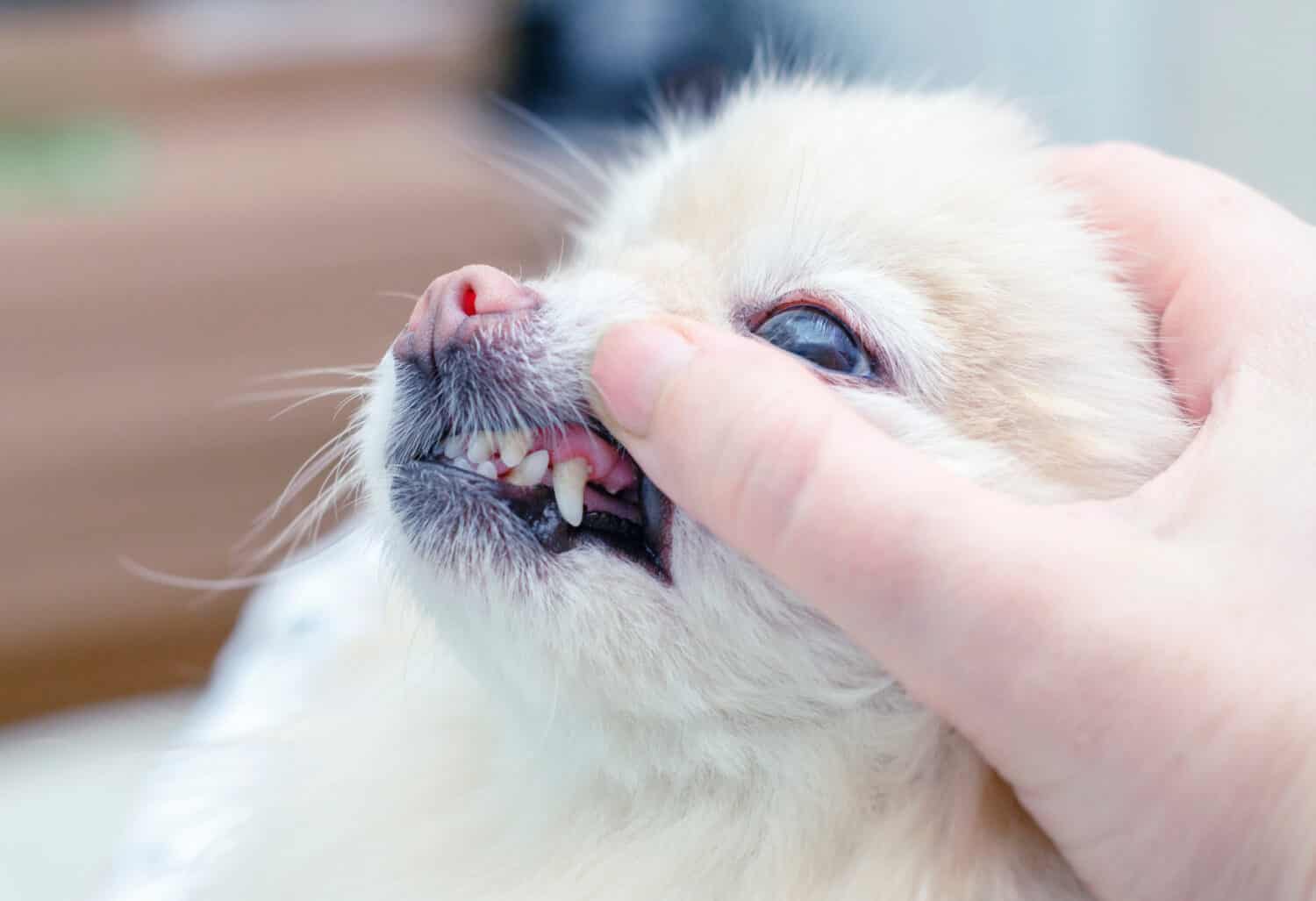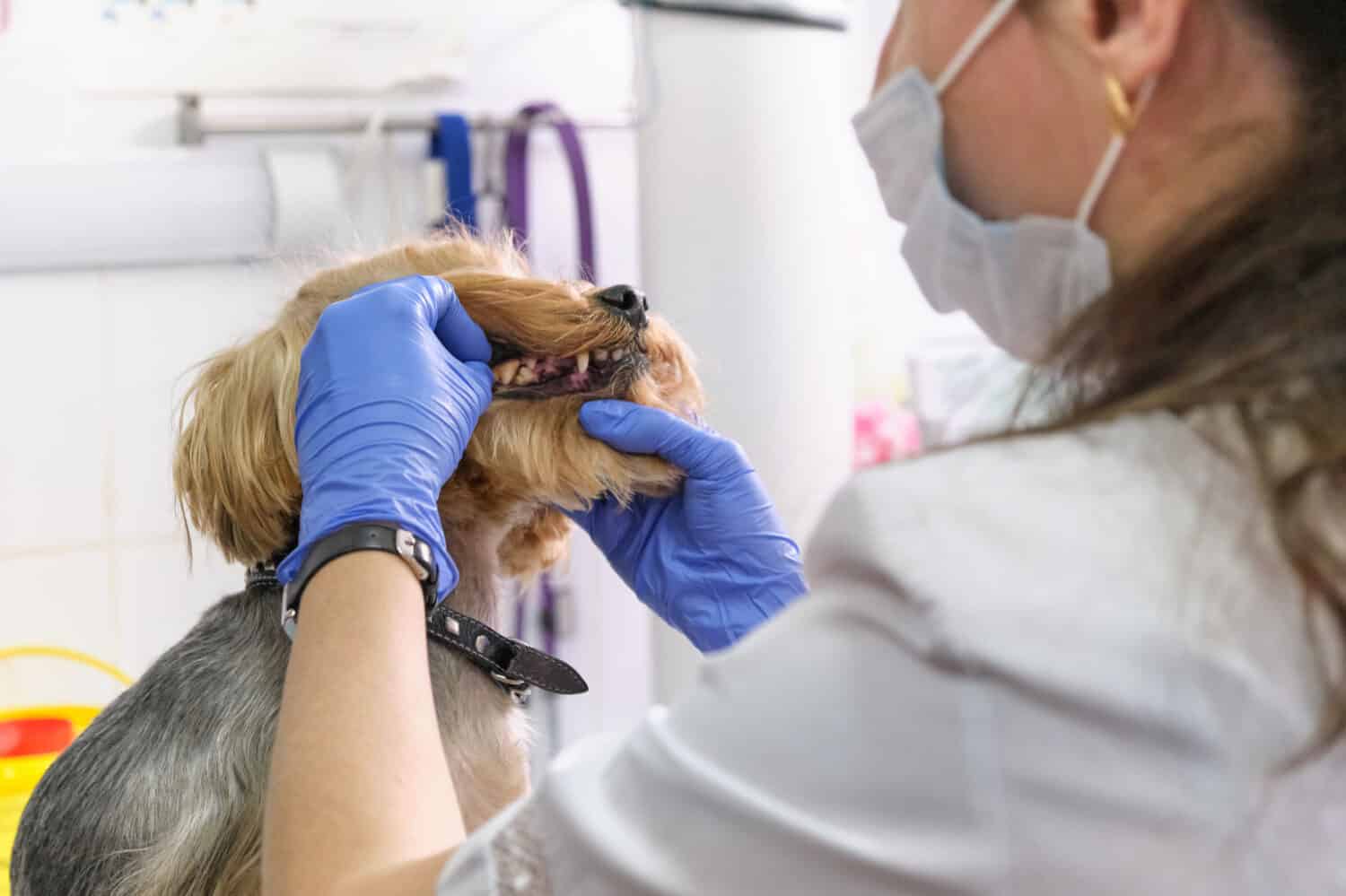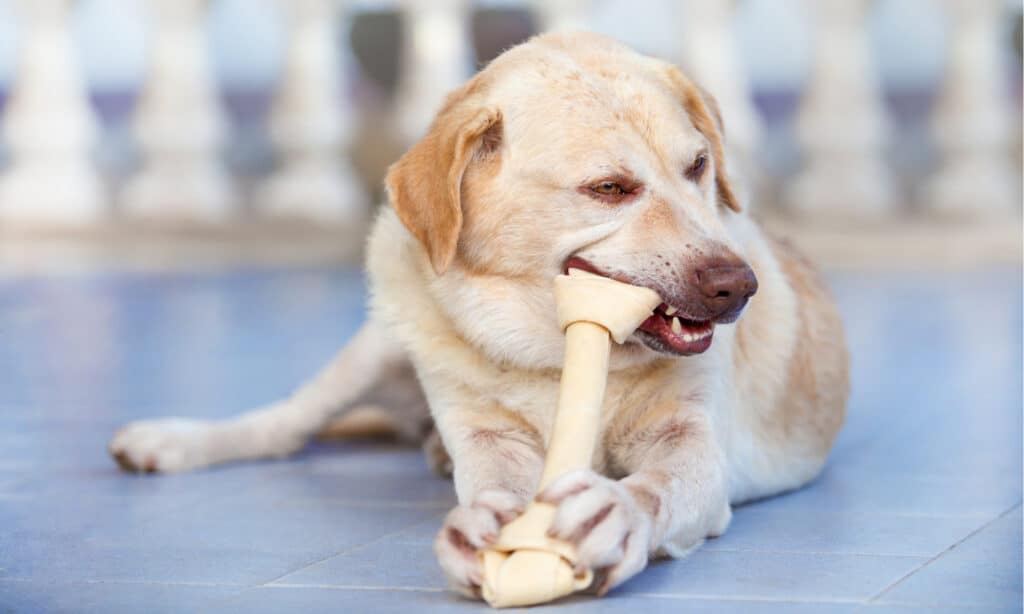Dogs bring us an endless amount of joy and affection, and as responsible pet owners, we strive to provide them with a fulfilling life. Yet amongst our efforts to keep them healthy, we often neglect a crucial aspect of their overall health…their gum hygiene. Canines require optimal gum health, just like us human beings. Therefore, failure to maintain healthy gums can trigger an array of concerning health conditions, such as tooth loss, bleeding gums, and unruly infections. Here we’ll learn the signs of healthy vs. unhealthy dog gums.
Did you know their gums play a significant role in their mouth? The reason for this is that it provides protection for teeth and bones while also helping keep them securely anchored in place. Without strong and healthy gums, daily activities such as chewing or playing fetch can become a painful experience for your dog. So, remember that early detection of unhealthy gums allows us to seek immediate veterinary care to help manage any issues before they become serious complications.
Healthy Dog Gums

Most dogs will have pink gums if they’re healthy, with some exceptions, such as the
Chow Chow
.
©Ivan4es/Shutterstock.com
The first step to keeping your pet’s gums in check is to monitor the state of their gum tissue. The color of this tissue indicates healthy vs unhealthy dog gums. Note whether the tissue is a bright pink color present along the gum line. This pink hue represents optimal blood flow to the area. Also, their gums should exhibit a firm yet supple texture with no lumps or bumps. In addition, observe that the gum line and teeth are all intact, as unhealthy gums can result in gum disease and tooth loss.
Healthy gums represent a happier existence for our beloved pets since they’re less likely to suffer from severe medical conditions related to poor oral hygiene. Regular veterinary visits involving check-ups and teeth cleaning sessions should be part of your pet’s healthcare regime, alongside suitable dietary choices and dental upkeep habits at home.
Unhealthy Dog Gums

Poor dental hygiene can lead to irritated gums in a dog.
©Yavdat/Shutterstock.com
The primary cause of unhealthy dog gums is inadequate dental hygiene which leads to the buildup of bacteria causing gum disease. Other factors include poor nutrition intake, genetics, and underlying health conditions. In addition to poor gum health, your dogs may experience a range of problems, including red and swollen gums, abscesses, and bad breath.
Red and Swollen Gums
Gingivitis is a possible culprit if your canine has red and inflamed gums. Typically this mild form of gum disease is caused by the excess buildup of plaque and tartar on the teeth that leads to discomfort in the gums. However, failure to address gingivitis may result in its escalation towards more serious varieties of gum disease like periodontitis, which poses a risk of causing tooth loss and bone harm.
Abscesses
Abscesses consist of pus-filled bumps that form on your dog’s gums when contracting a bacterial infection. The causes of this infection refer to factors such as periodontal disease or gum trauma. When dealing with an outbreak of gum-based abscesses, one method for addressing this issue involves extracting the pus and treating these open sores with antibiotic treatments.
Bad Breath
It’s not unusual for dogs to suffer from bad breath, but a persistent odor in your dog’s mouth clearly indicates deeper health concerns. For example, If your dog’s saliva has a constant sweet smell, your dog may have diabetes.
Also, a strong ammonia smell suggests possible kidney disease. And a foul odor from the mouth and nose region leads to respiratory infection and oral mouth sores. Therefore, checking your dog’s breath and check-ups with the vet is essential in ensuring their oral and overall health.

Rawhide bones can be beneficial to a dog’s teeth and gums.
©MaxShutter/Shutterstock.com
Care Tips for Your Dog
Here are some helpful pointers for taking care of your canine’s gums.
Regular Brushing: Regular dental care is essential for their overall well-being. Use a soft-bristled brush and dog-friendly toothpaste to brush your canine’s teeth at least a couple of times a week. This regime aids in the protection against gum disease.
Buy dental chews and toys: Incorporating dental chews and toys will assist in removing plaque and tartar buildup. Look for dental chews that are specifically formulated to clean teeth efficiently and eliminate bad breath.
Provide a healthy diet: A well-balanced, nutritious diet can also help fend off gum disease. Incorporate foods that consist of protein, healthy fats, carbohydrates, and vitamins to keep their oral hygiene in check.
Avoid giving your dog bones: As much as dogs love chewing on bones, these treats can end up causing more harm than good. As your dog chews on the hard exterior of the bone, sharp edges of the bone leave behind cuts and abrasions on your dog’s gums. Therefore, the gums will be exposed to bacteria causing potential gum disease.
Veterinary visits: Keep up with regular veterinary appointments to prevent dental complications from occurring. Your veterinarian will provide valuable insights on proper maintenance techniques for optimal oral health.
The photo featured at the top of this post is © Mangpor_nk/Shutterstock.com
Ready to discover the top 10 cutest dog breeds in the entire world?
How about the fastest dogs, the largest dogs and those that are -- quite frankly -- just the kindest dogs on the planet? Each day, AZ Animals sends out lists just like this to our thousands of email subscribers. And the best part? It's FREE. Join today by entering your email below.
Thank you for reading! Have some feedback for us? Contact the AZ Animals editorial team.






